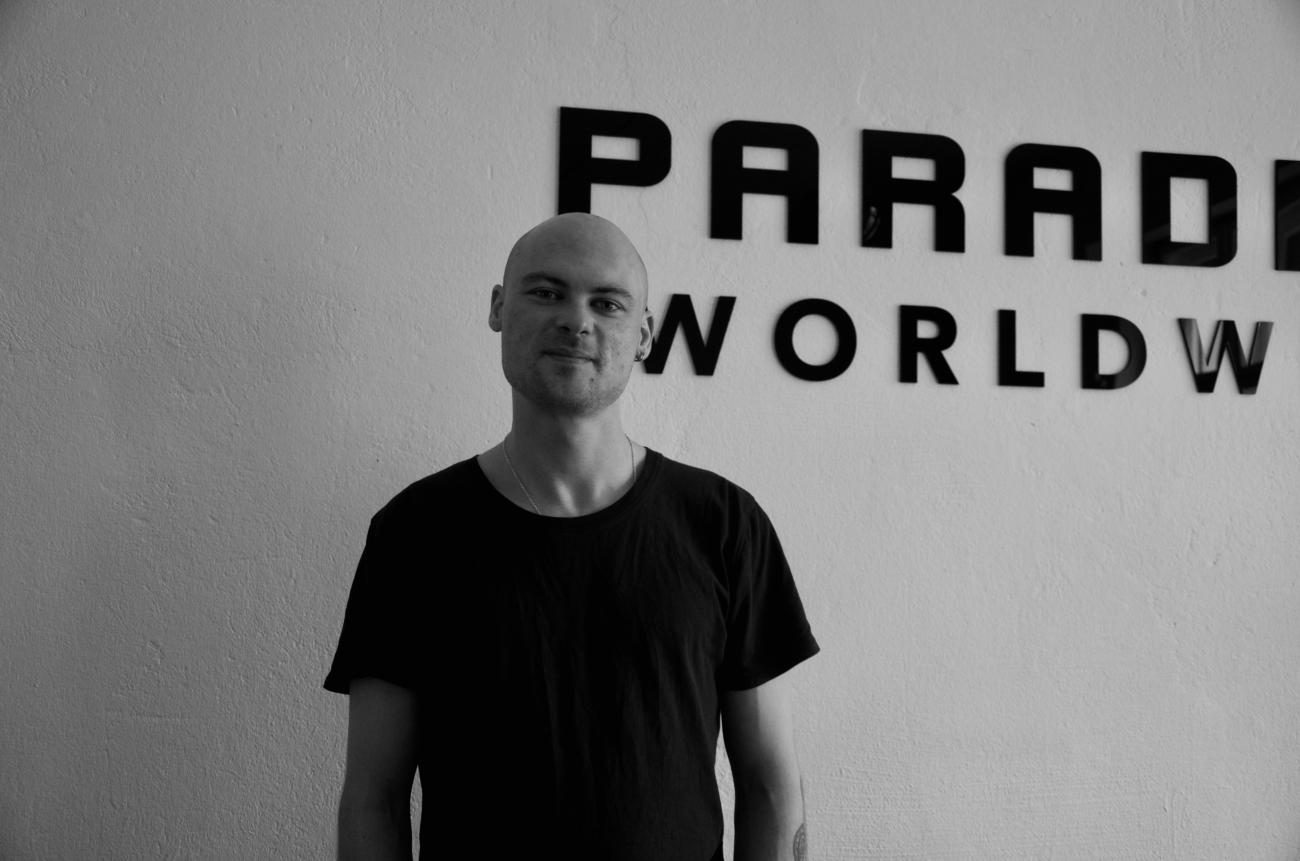By Will Stephenson.
Recently it was announced by the heads of Universal and Warner Music that approximately 100,000 songs are being uploaded to streaming services each day and that 100M songs are now up on Apple Music.
With numbers like this it is obvious why there is increasing reliance on music data and algorithms, and why they are so important to understand as an artist or label navigating today’s music landscape. For valuable insights into how algorithms in music streaming services work check out Jan’s post earlier in this blog series.
Why create a story?
It is true that nowadays, whether it’s an A&R, booking agent, or editor, people want to see the numbers – social media stats, monthly streams etc. However with the volume approaching industry professionals today, creators need to provide a context, and vision, to the data they provide i.e. roll it up in a story.
Good stories affect us emotionally, and cognitive psychology research has shown that facts are 20 times more likely to be remembered when paired with a story, and there is even a case to say the role of human curation could play a more important role in future, not less.
Creating a focused artist / label story will help inform an overall strategy and help others in the industry i.e. A&R, label and project managers see the potential and fuel the desire to sign and work side-by-side with an artist/ label long term (alongside the music of course).
How to create an effective artist story
Keep it short, keep it simple, and back it up with the facts. What are the origins of the project and the relevant struggles that have been overcome or that you are working to overcome? It can be wider social or industry struggles instead of personal ones, but it can be helpful to derive the inspiration from personal experiences. If it is early days in the life of the artist project, try and use the limited data available to describe where the project is going and how it will grow.
It is important to identify who it is in the industry you are trying to address, and the audience you are trying to target. The narrative and the data should be aligned to resonate best with the target audience or industry professional. For example, if you are targeting a local booking agent for shows, or local radio plugger they will be more interested in your local fan engagement and local influencer mentions than global playlist features or influencer mentions in other territories.
It is helpful to provide comparisons and show how your fan engagement and growth is higher than other similar artists in your musical style &/or target market. Industry professionals are going to want to see regular engagement for an artist – i.e. ratio of instagram followers to comments, monthly Spotify followers – over an isolated stat i.e. single track stream number. With playlist placements, or influencer mentions, how did that boost engagement with your other artist input e.g. what was the click-through rate on a social post from an influencer or how did a playlist placement boost the overall listeners of the artist?
Lastly, use this story and data to inform an overall artist / label strategy. You should ensure all of your social and DSP profiles are fully set up and aligned with each other, and that they reflect your story and your strategy.
When it comes to specific releases, you are now in a good place to work with your label manager on a release strategy and on submitting your marketing drivers for pitching for editorial placements on DSP, shop marketing etc.
Go PRO+
Our PRO+ Service offers tailor-made solutions and exclusive deals for artists and labels. Our monthly subscription based service offer a wide variety of industry support. Our partners include PR & Promo Tool partners for your upcoming releases, international quality Creatives for all your artwork requirements, award winning Gear & Technical partners for your mixing and mastering needs as well as Specialised partners.


